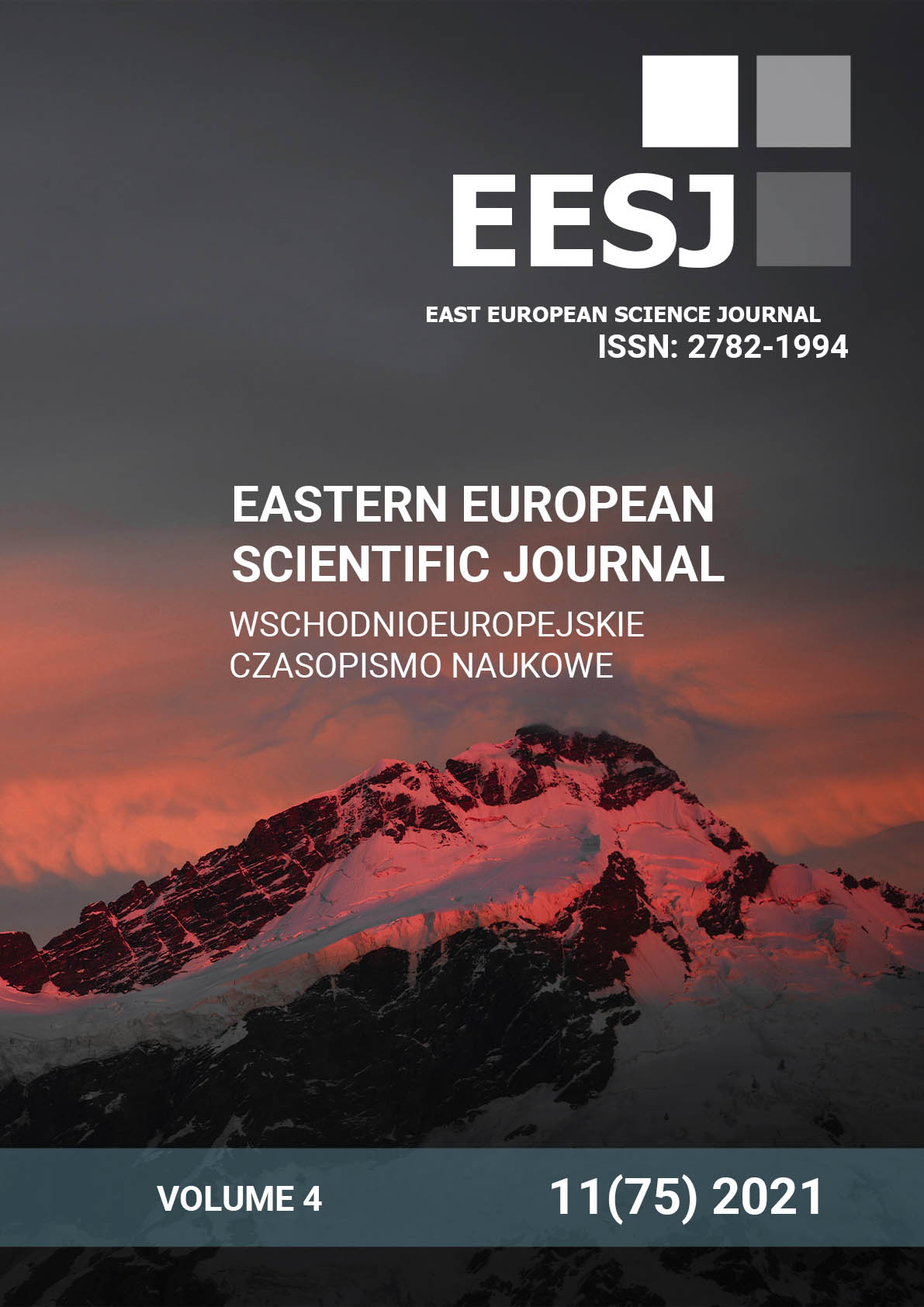ANALYSIS OF CHANGES IN ELECTROLYTE PARAMETERS IN WOMEN DURING IN VITRO FERTILIZATION PROGRAM
DOI:
https://doi.org/10.31618/ESSA.2782-1994.2021.4.75.170Ключові слова:
reproductive health, water-salt metabolism, sodium, potassium, in vitro fertilization, ovarian hyperstimulation syndrome.Анотація
Aim of the research. To determine the concentration of basic plasma electrolytes in women in in vitro fertilization program who received more individualized medication correction on the basis of determination the clinical and pathogenetic role of disorders of the neuroendocrine regulation of water-salt metabolism, as well as to study data of the modern methods of prevention and correction of electrolyte disorders.
Research materials. 110 patients in vitro fertilization program were examined.
Conclusions. Thus, when using standard protocols for ovulation stimulation in in vitro fertilization program patients are more prone to have potassium and sodium imbalance.
Ovarian hyperstimulation syndrome was detected only in patients of the main group with the standard ovulation induction protocols. This syndrome was not observed in patients receiving the combination therapy.
Посилання
Veropotvelyan P. A practical approach to the patient maintenance with ovarian hyperstimulation syndrome. Medical aspects of woman health.
;8:42-51.
Ivakhnenko E. Dynamics of blood and urine plasma electrolytes at the observation stages in different infusion therapy types in patients with infectious-toxic shock. Emergency medicine. 2015;4:28-31.
Gozhenko A. Preventive mechanisms of watersalt metabolism regulation through the prism of the functional system theory. Bukovyna Medical Journal. 2012;3:80-83.
Podzolkova N. M., Yu. A. Deck. Modern understanding of polycystic ovary syndrome. Farmateka. 2016;3:8-15. https://pharmateca.ru/ru/archive/article/32693
Duchenko E. The furoxane effect on water-salt metabolism in extracellular hyperhydration of the body. A young scientist. 2016;6:284-288.
Shcherbakova L.N., Ivanova N.V., Bugerenko A.E. Prevention of the development of ovarian hyperstimulation syndrome in the program of in vitro fertilization // Russian Medical Journal. 2015;1:28-31. https://cyberleninka.ru/article/n/preduprezhdenierazvitiya-sindroma-giperstimulyatsii-yaichnikov-vprogramme-ekstrakorporalnogooplodotvoreniya/viewer
Dziuba D. Water-electrolyte imbalance and its correction. Acute and urgent conditions in medical practice. 2017;3:17-21.
Kulikov A. Intensive therapy of ovarian hyperstimulation syndrome. Anesthesiology and resuscitation. 2015;1:73-76.
Shlapak I. Dehydration syndrome. Acute and urgent conditions in medical practice. 2015;6:15-19.
Practice Committee of the American Society for Reproductive Medicine, Prevention and treatment of moderate and severe ovarian hyperstimulation syndrome: a guideline, Fertil Steril. 2016;106:16341647.
Shvets M. Mechanisms of hormonal systems regulating water-salt metabolism. Clinical & Experimental Pathology. 2017;3:103.
Galushko O. A basic minimum of knowledge about the clinical water-electrolyte metabolism physiology. Rational pharmacotherapy. 2018;1:18-22.
Shelestova L. P. Disorders of bonemineral metabolism and their correction with women who have body weight deficiency at pregravid stage and during pregnancy. Zaporozhye medical journal. 2017;5:618-622.
Khmil M. S. Modern approaches to the treatment of infertility in women with polycystic ovarian East European Scientific Journal #11(75), 2021 29 syndrome in assisted reproductive technology programs. Current issues of pediatrics, obstetrics and gynecology. 2020;1: 108-115.
Abuzeid M., Warda H., Joseph S. et al. Outpatient management of severe ovarian hyperstimulation syndrome (OHSS) with placement of pigtail catheter. FVV in ObGyn. 2014;1:31-37.
Tehrani H. The effect of calcium and Vitamin D supplementation on
menstrual cycle, body mass index and hyperandrogenism state of women with polycystic ovarian syndrome: A clinical trial
study. J. Res. Med. Sci. 2014;19:875-880.
Humaidan P., Nelson S.M., Devroey P. et al. Ovarian hyperstimulation syndrome: review and new classification criteria for reporting in clinical trials. Human Reproduction. 2016;6:1997-2004.
Timmons D., Montrief T., Koyfman A., et al. Ovarian hyperstimulation syndrome: a review for emergency clinicians. American Journal of Emergency Medicine. 2019;8:1577-1584.
##submission.downloads##
Опубліковано
Номер
Розділ
Ліцензія

Ця робота ліцензується відповідно до Creative Commons Attribution-NoDerivatives 4.0 International License.
CC BY-ND
Автор дозволяє:
- поширювати — копіювати, передавати свій твір, навіть з комерційною метою.
Умови:
- автор не дозволяє змінювати — переробляти, розвивати твір (NoDerivs),
- слід зберігати посилання на автора у визначеній ним формі (Attribution).




